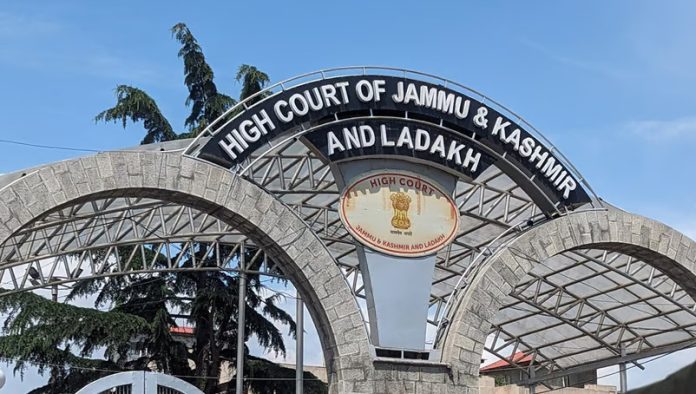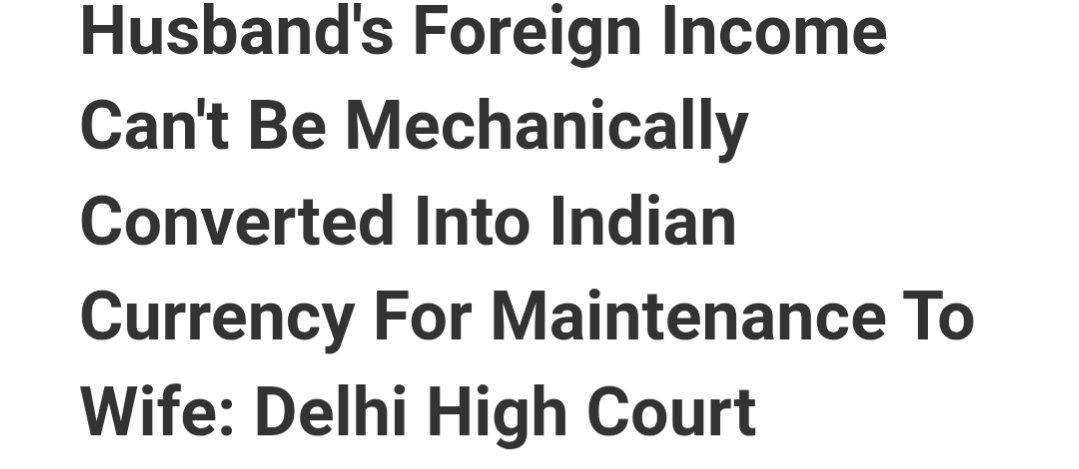Mookerjee, J.@mdashThe petitioner no. 1 is stated to be a registered society established, inter-alia, for various social welfare activities and it has been averred that a number of pavement dwellers of Calcutta are among its members. The petitioner nos. 2 and 3 are Joint Secretaries of the petitioner no. 1 Society. It has been alleged that the petitioner nos. 4 to 7 have been living on the Western side of the Eastern Metropolitan Bypass between Bidhan Sishu Udyan and Muslim Burial Ground. In their writ petition, the petitioners, inter-alia, have prayed that the respondents be commanded to withdraw, cancel and rescind their orders for evicting the petitioners 4 to 7 and other pavement dwellers of the city of Calcutta. The respondents who have been served with the copies of the writ application, have contested the aforesaid prayers of the petitioners. The petitioners 4 to 7 claimed to have come to Calcutta 15/20 years ago in search of employment and that they have been residing with their families on the pavements by constructing kutchha structures. The petitioner no. 4 is a rickshaw-puller while the petitioner 5 to 7 earn their livelihood by making Coals or briquettes. Recently, the State Government and the other civic bodies including the Calcutta Improvement Trust and the Corporation of Calcutta have decided to remove obstructions and encroachments on both sides of Eastern Metropolitan Bypass. The respondents have started ''drives'' to demolish the structures which have been constructed on both sides of the Eastern Metropolitan Bypass. I understand that the State Government and the other civic bodies have also taken similar steps to remove obstructions and encroachments made on other pavements and public streets of Calcutta.
2. Mr. Behani, who has appeared on behalf of the petitioners, has submitted, that, without notice and without giving any hearing, the respondents have no power or authority to forcibly evict the petitioner nos. 4 to 7 who have been living in their respective dwellings for nearly 15/20 years. Mr. Behani has also contended that pavements upon which the petitioner nos. 4 to 7 have built their huts do not form any part of any public street and the same do not constitute obstructions or encroachments upon a public street. The learned advocate for the petitioner has also urged the plea of hardship caused to the pavement dwellers who would be evicted without providing alternative places for their homes.
3. It is not for the court exercising jurisdiction under Article 226 of the Constitution to probe into the reason why in recent years a large number of urban poors have taken shelters on the pavements, roads and other public places. While their services are being utilised, many of the urban poor so far have not been provided with shelters fit for human beings. Such mushroom growth of pavement dwellings by making encroachments upon pavements of public streets and other public places have also posed problems of health morals and safety. One''s conscience is likely to be deeply stirred by the tribulations of the pavement dwellers of Calcutta but the court would be unable to alleviate them unless necessary conditions for obtaining legal redress are fulfilled. Article 226 of the Constitution has not vested courts with unfettered powers to administer equity not based on justiciable foundation (see Manjula Manjari Dei v. M. C. Pradhan A. I. R. 1952 Orissa 344).
4. Mr. Tapas Roy, learned advocate who appeared on behalf of the Corporation of Calcutta, has rightly pointed out that the court exercising writ jurisdiction does not protect possession of a person unless he establishes his legal right to such possession. The existence of a right is the foundation for obtaining relief under Article 226 of the Constitution of India (vide
5. Rights which are enforced by the writ court need not be only always in respect of property the same may be also personal in nature. But the court is concerned only with those rights which are recognised and protected by legal rules. Generally, legal rights contemplate a correspending duty on the part of the person against whom such right is available. Legal rights and duties are corelative. But rights in their wider sense may include a moral right but unless such a moral right converges into a legal right, it cannot be enforced by a court of law. Pavement dwellers may have strong moral claims but unfortunately the court cannot uphold them because neither the Constitution nor the ordinary laws recognise or protect any right to reside on public streets.
6. Mr. Behani is not right in his submission that the pavements in the two sides of public streets are not parts of the said streets. According to the definition of ''public street'' given in Section 5(60) of the Calcutta Municipal Act, 1981, footways attached to streets, roads etc. over which public have right of any form part of the public streets. Therefore, prima facie, the pavements on the two sides of public streets are also public streets. Whether the huts erected by the petitioners nos. 4 to 7 constitute obstructions is not really relevant, once it is found, that they have no legal right to object to removal of encroachments made upon public streets. For the same reason, I am unable to uphold the contention that prior notice ought to have been served upon the petitioners before evicting them from the pavements. The respondents would be compelled to observe rules of Audi Alteram Partem in respect of those whose legal right to possession is likely to be infringed. The petitioners by reason of their alleged occupation of parts of the pavements in question, have not prima facie acquired any prescriptive right against the State.
7. The learned advocate for the petitioner has relied upon the order dated 19th October, 1982 passed by the Supreme Court upon two writ petitions filed against eviction of pavement dwellers of Bombay. I am unable to make any order in terms of the same. The order dated 19th October, 1982 was an interim one and did not lay down any law relating to the rights of pavement dwellers. The learned Advocate General for Maharashtra appeared to have given consent, atleast in respect of some parts of the said order.
8. I regret that this writ application cannot be entertained. At one stage of the hearing, I had enquired from Mr. Tapas Roy that where the pavement dwellers are expected to go after they are evicted. Mr. Roy submitted that he had no instructions. I hope that the authorities would sympathetically consider the question of rehabilitation of those who are going to be evicted from their pavement homes. I, accordingly, reject the writ application without costs. Operation of this order be stayed till tomorrow.
Let a plain copy of the order be handed over to the learned advocate for the petitioners.

